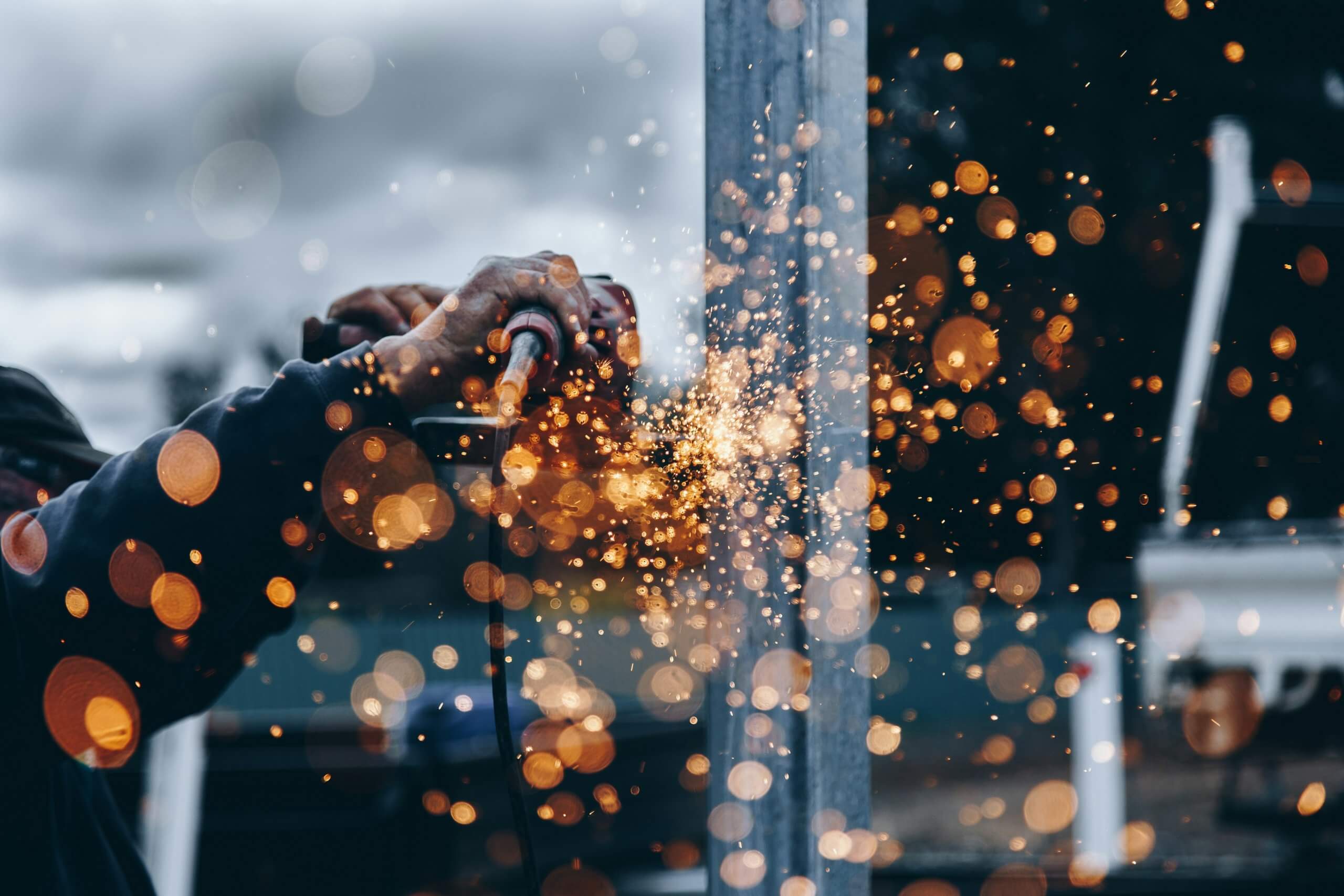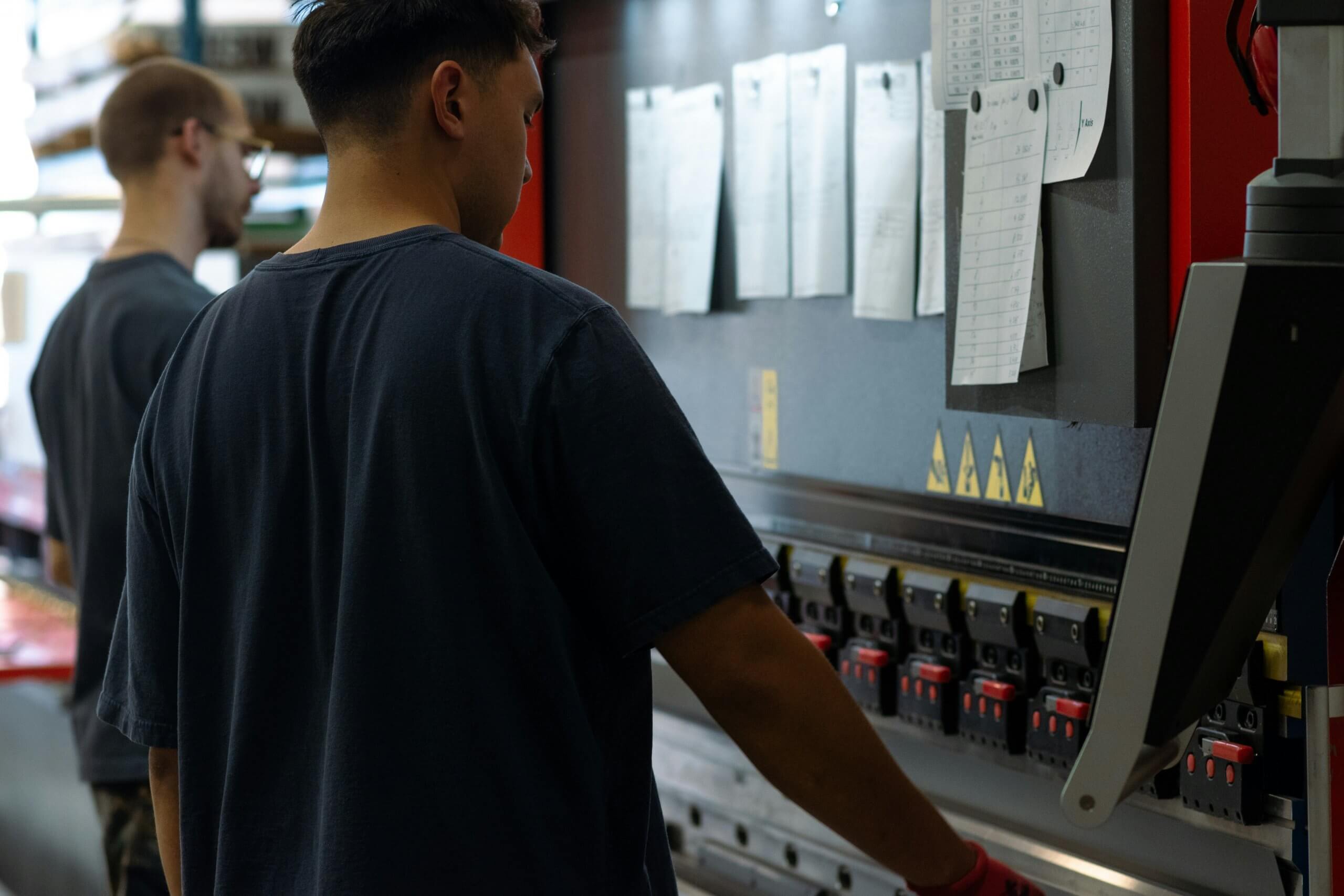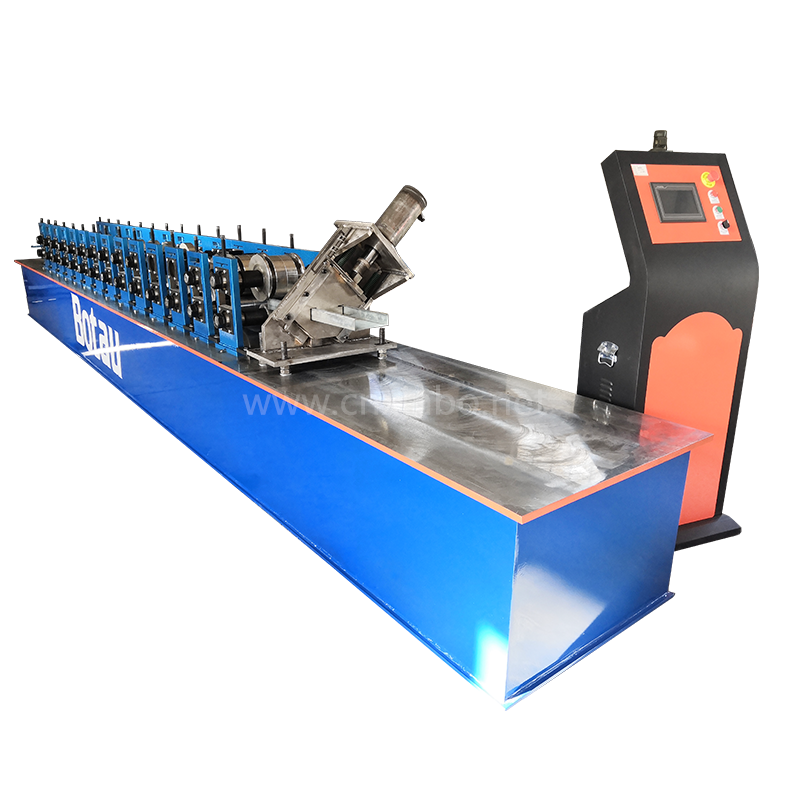The Process of Creating Metal Roofs for Commercial Use
In the realm of contemporary construction, metal roofing is highly regarded for its distinctive benefits including aesthetic appeal, durability, and resistant properties to water and fire. This preference spans across various architectural needs, from expansive commercial structures to residential homes, earning metal roofing substantial acclaim in the market for its superior performance.
But what exactly goes into manufacturing metal roofing? The following will delve deeply into the production process of metal roofing, providing a thorough exploration of how this essential building material is created.
Selection and Preparation of Raw Materials
Selection of metal materials
The production of metal roofing begins with the selection of suitable metal materials. Commonly used metal materials include steel plate, aluminum plate, stainless steel plate and so on. Each of these materials has its own characteristics, such as steel plate with high strength and durability, aluminum plate is lightweight and corrosion resistant, and stainless steel plate has excellent corrosion resistance. The selection should be based on the actual needs of the project, the usage environment and the budget.
Quality control of raw materials
Ensuring the quality of raw materials is the key to making high-quality metal roofing. Therefore, strict quality checks need to be carried out before the raw materials are warehoused. This includes testing the composition, mechanical properties and appearance quality of the materials. Only raw materials that meet the standards can be used in the subsequent production process.
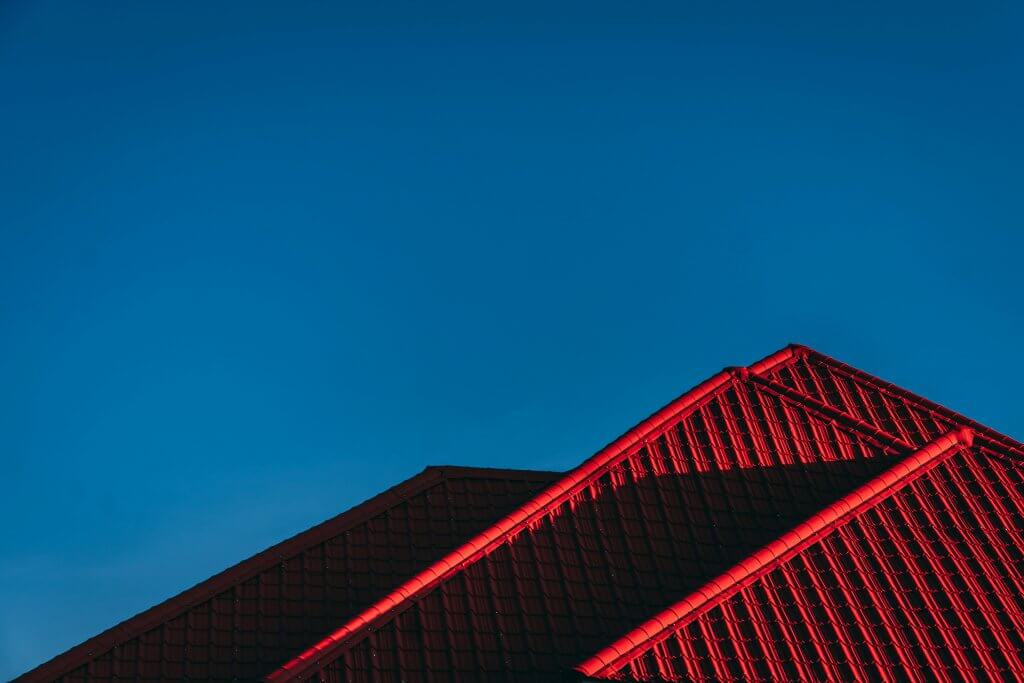
Processing and molding
Cutting and stamping
According to the requirements of the design drawings, use professional cutting equipment to accurately cut the raw materials. After the cutting is completed, the plate is stamped by stamping equipment to form the required shape and size. In this process, the stamping strength and precision need to be strictly controlled to ensure that the molded plate meets the design requirements.
Welding and assembly
Welding is an essential part of the metal roofing fabrication process. Welders need to use professional welding techniques to firmly connect the various components together. At the same time, in order to ensure the quality of welding, it is also necessary to carry out strict inspection and treatment of the weld to avoid cracks, porosity and other defects. After completing the welding, it is also necessary to carry out the necessary assembly work to assemble the various components into a complete roof panel according to the design requirements.
Edge treatment
The edge treatment of metal roofing is crucial for its waterproof performance. In the process, the edge of the roof panel needs to be folded and rolled to improve its waterproof effect. At the same time, it is also necessary to sand and clean the edges to ensure that they are smooth and flat, so as to prepare for the subsequent coating treatment.
coating treatment
Surface cleaning
Before coating treatment, the metal roof must be thoroughly cleaned. This includes removing impurities such as oil, dust, etc. from the surface to ensure that the coating can adhere firmly to the metal surface. The cleaning process is usually carried out using a high pressure water jet or chemical cleaner.
Pretreatment
Pretreatment is one of the key steps in coating treatment. Through phosphating, passivation and other processes, the adhesion of the metal surface can be improved and the durability of the coating can be enhanced. In the pretreatment process, the concentration and temperature of the treatment solution need to be strictly controlled to ensure the optimization of the treatment effect.
Coating
Coating is an important part of the metal roofing production process. According to the design requirements and the use environment, choose suitable coating materials, such as polyester, fluorocarbon and so on. Use spraying or rolling coating to evenly coat the coating on the metal surface. During the coating process, attention needs to be paid to the thickness and uniformity of the coating to ensure the quality and performance of the coating.
Drying and curing
After the coating is applied, it needs to be dried and cured. By heating or natural drying, the solvents in the coating evaporate, the resin cures, and a strong protective film is formed. During the drying and curing process, the temperature and time need to be controlled to avoid excessive high or low temperatures causing adverse effects on the coating.
Quality Inspection and Packaging
Quality Inspection
Quality inspection is the key link to ensure the quality of metal roofing. After the production is completed, a comprehensive quality inspection of metal roofing is required. This includes appearance inspection, size measurement and performance testing. Only metal roofing that meets the quality standards can be recognized as a qualified product.
Packaging and Transportation
In order to facilitate transportation and storage, metal roofing needs to be properly packaged. Packaging materials such as wooden pallets and cardboard boxes are usually used to fix and protect the metal roofing. At the same time, information such as product name, specification and quantity need to be marked on the package for easy identification and management. In the transportation process, you need to ensure that the metal roof is not damaged and deformed to ensure that it arrives at the construction site can be used normally.
Installation and Use
Installation preparation
Before installing metal roofing, adequate preparation is required. This includes measuring the dimensions, determining the installation location, and preparing the installation tools. At the same time, it is also necessary to check the quality of metal roofing to ensure that it is free from damage, deformation and other problems.
Installation process
When installing metal roofing, it needs to be carried out according to the design requirements. First fix the support structure, and then install the metal roof panels on the support structure in turn. In the installation process, it is necessary to pay attention to the connection between the boards and the boards is close, flat and without gaps. At the same time, it is also necessary to do a good job of waterproofing, fire prevention and other safety measures to ensure that the installation quality meets the requirements.
Use and Maintenance
After the metal roof installation is completed, it can be put into use. In the process of use, it needs to be regularly maintained and serviced to extend its service life. This includes cleaning surface dirt, checking whether the coating is intact, and dealing with possible problems such as rust. At the same time, in the process of use, it is also necessary to pay attention to avoid sharp objects scratching the metal surface, so as not to affect its aesthetic and waterproof performance.
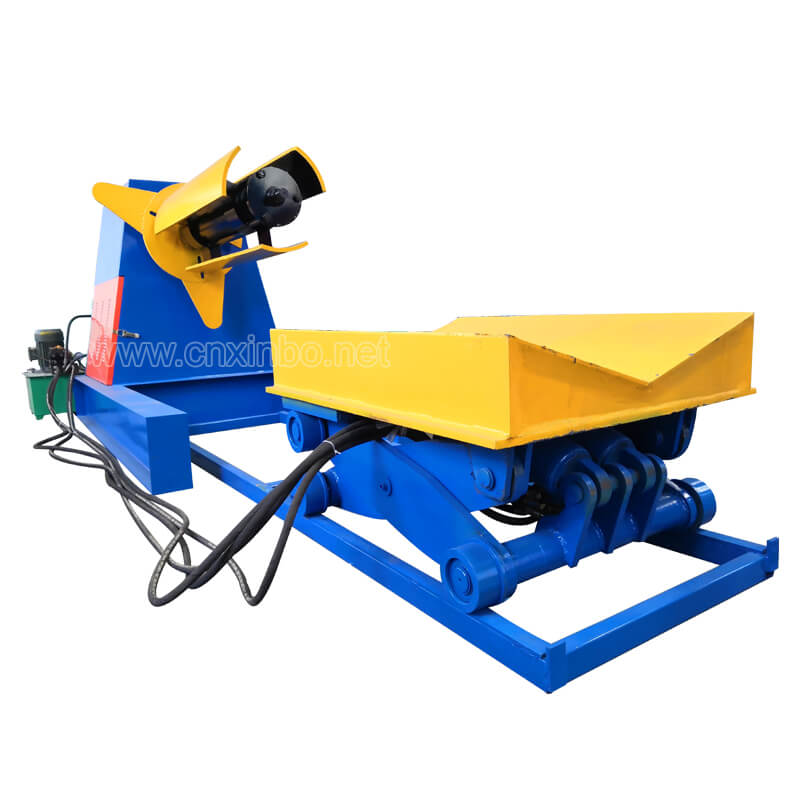
Advantages and application areas of metal roofing
Advantage Analysis
Metal roofing has many advantages in the field of construction. First of all, it is beautiful and generous, and can add a sense of modernity to the building. Secondly, metal roofing has high durability and stability, and can resist wind and rain erosion and sun exposure. In addition, metal roofing has good waterproof and fireproof performance, which can guarantee the safety of the building. At the same time, due to its recyclable characteristics, metal roofing also meets the requirements of green environmental protection.
Xinbo Machine Making Co. Ltd is a professional manufacturer and supplier of roll forming machines, established in China in 2014. Xinbo offers a wide range of roll forming machines, including metal roof roll forming machine. This machine is designed with advanced technology and features that enable them to perform various tasks seamlessly. They are highly adjustable, allowing for easy customization according to specific requirements.
Applications
Metal roofing is widely used in various construction fields. In the residential sector, metal roofing is favored by more and more homeowners for its beautiful and durable features. In the field of commercial buildings, metal roofing has become an ideal choice for public buildings because of its fireproof and waterproof performance.
conclusion and outlook
In summary, the manufacturing process of metal roofing encompasses several critical stages. The meticulous oversight and management of these phases guarantee both the quality and performance of metal roofing products. As the construction industry evolves and as demands for architectural aesthetics, safety standards, and environmental sustainability increase, metal roofing is emerging as a superior building material. It is anticipated to see expanded market demand and wider application prospects in future developments.
Related Posts

Good quality
XinBo machine making CO. LTD is a professional manufacturer and exporter in roll forming machine,
VIEW MORE→

 Spanish
Spanish Russia
Russia
